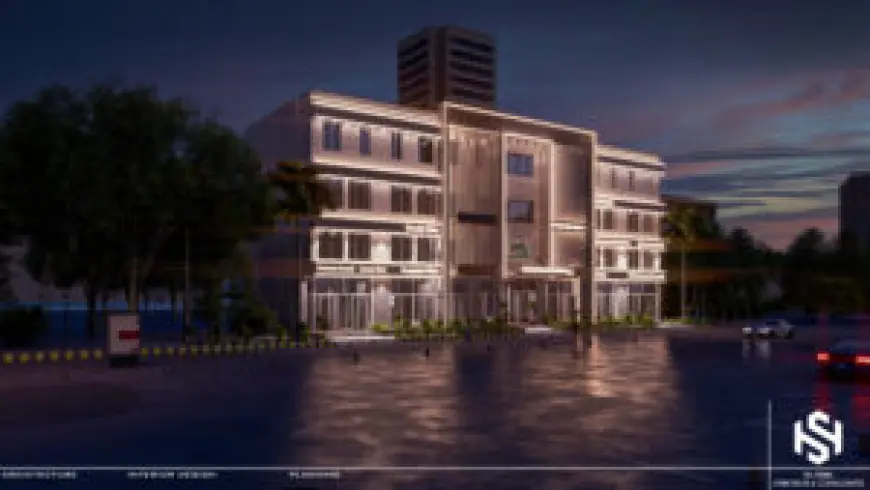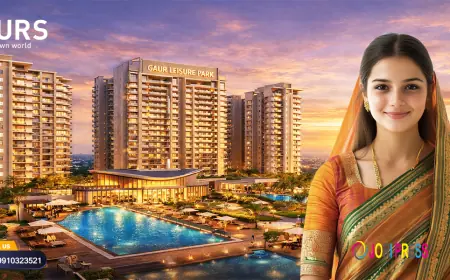The Impact of Architecture 3D Renders in Modern Design Visualization

Introduction
In today's competitive architectural industry, architecture 3D renders have become an essential tool for presenting designs with unparalleled clarity and realism. These architecture 3D renders images allow architects, designers, and clients to visualize spaces before construction begins, ensuring better decision-making and design accuracy. Additionally, selecting the right background for architectural renders 3D can significantly enhance the overall aesthetic and context of the visualization. This blog explores the importance of high-quality 3D renders and how they elevate architectural presentations.
Why Architecture 3D Renders Are Essential
Architecture 3D renders provide a realistic representation of architectural designs, bridging the gap between conceptual sketches and final execution. Here’s why they are indispensable:
-
Realistic Visualization – Clients can see lifelike representations of their projects, improving understanding and approval rates.
-
Design Flexibility – Allows for quick modifications in materials, lighting, and layouts before construction.
-
Marketing Advantage – High-quality architecture 3D renders images attract investors and buyers by showcasing projects in their best light.
Choosing the Right Background for Architectural Renders 3D
The background for architectural renders 3D plays a crucial role in setting the scene and enhancing realism. Key considerations include:
-
Contextual Relevance – Urban, natural, or abstract backgrounds should complement the architectural style.
-
Lighting Consistency – The background should align with the render’s lighting to maintain a cohesive look.
-
Minimal Distraction – Avoid overly detailed backgrounds that may take attention away from the main structure.
Applications of Architecture 3D Renders
Architecture 3D renders are used across various stages of design and marketing. Common applications include:
-
Client Presentations – Helps in securing approvals with clear, realistic visuals.
-
Real Estate Marketing – Enhances property listings with compelling architecture 3D renders images.
-
Interior and Exterior Planning – Allows designers to experiment with different styles and materials virtually.
Conclusion
The use of architecture 3D renders has revolutionized the way architectural projects are presented and perceived. By incorporating well-chosen background for architectural renders 3D, professionals can create visually stunning and contextually accurate representations of their designs. Whether for client approvals, marketing, or design refinement, high-quality 3D renders ensure clarity, engagement, and success in architectural visualization.
Investing in professional architecture 3D renders images not only enhances project communication but also provides a competitive edge in the fast-evolving design industry.
What's Your Reaction?
 Like
0
Like
0
 Dislike
0
Dislike
0
 Love
0
Love
0
 Funny
0
Funny
0
 Angry
0
Angry
0
 Sad
0
Sad
0
 Wow
0
Wow
0



















































